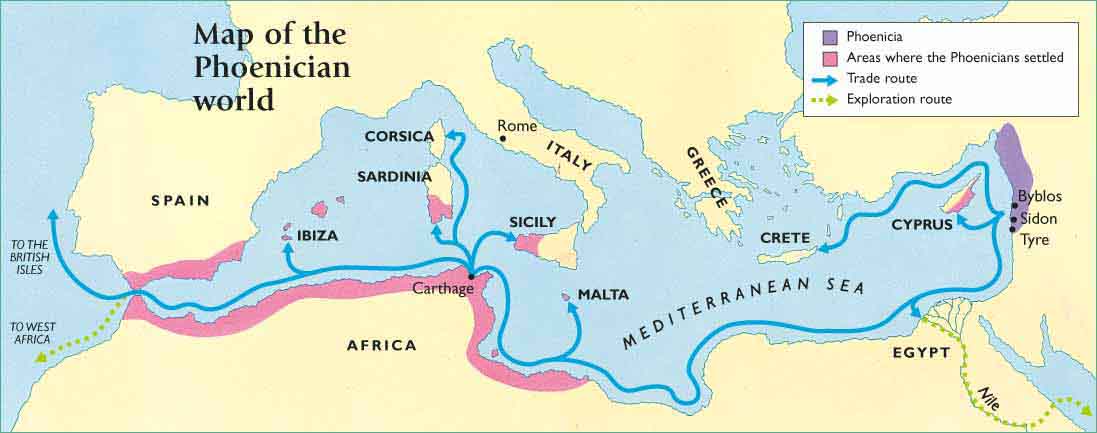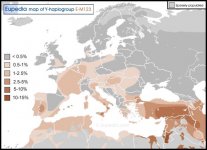Sile
Banned
- Messages
- 5,110
- Reaction score
- 582
- Points
- 0
- Location
- Australia
- Ethnic group
- North Alpine Italian
- Y-DNA haplogroup
- T1a2 -Z19945..Jura
- mtDNA haplogroup
- H95a1 ..Pannoni
What are you talking about? Gubina's 2013 study of the population in the Altai-Sayan region? The spot I'm talking about is the one in western Russia. Why is there T there, in the same place that there's a heavy concentration of one particular subclade of R1a? And why is there T above that, in the Baltic? A migration of T from the Caucasus, obviously, but associated with what particular population movement?
Gubina took information from 2011 study by Matthew C. Dulik
The study shows Uzbeks, Uyghurs, Altai, Krygyz, Tajiks, Tuvians etc all coming from same area of modern Kazakstan...........they most likely moved to this place you refer as Uyghurs basic homeland is currently there.
Why is there T there you ask..........well T is 20000 years older than R haplogroup, so IMO, they migrated there, maybe for hunting what else.
T in the baltic ( Estonia ) ...........migrated because the marker is 20000 years older than R and so went on the hunt...........also note there is 5% of T1 in gotland........but IMO this is due to the vikings slave trade, could be the same for Estonia..........was Estonia a viking homeland ( a midway stopover ?).
Ask yourself why is there R in estonia. The answer is the same for T or any other haplogroup







